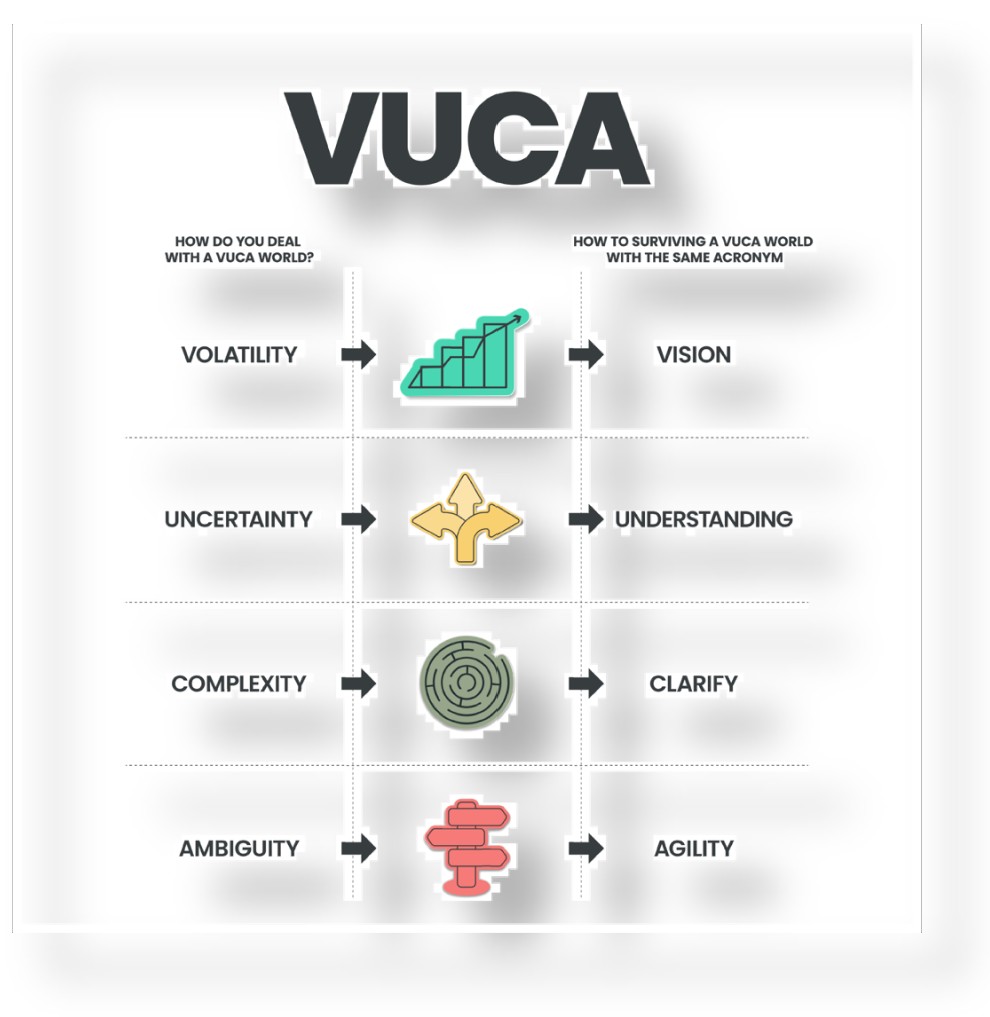No products in the cart.

Biophilic Design
Transforming Workspaces into Thriving Ecosystems
The spaces we work in are more than just backdrops for productivity; they shape our mood, influence our behavior, and impact our overall well-being. As our understanding of human psychology and environmental design deepens, one approach has emerged as a game-changer: biophilic design. This concept, rooted in the idea that humans have an innate connection to nature, seeks to bring the outside in, transforming sterile office environments into thriving ecosystems that nurture both creativity and well-being.
The Essence of Biophilic Design: Reconnecting with Our Roots
Biophilic design is more than just adding a few potted plants to an office. It’s about creating spaces that mirror the natural world in form, texture, and function. This approach taps into our evolutionary heritage, recognizing that humans have spent 99% of their existence in close contact with nature. The result is environments that not only look beautiful but also support mental, emotional, and physical health.
Studies have shown that incorporating natural elements into the workplace—such as greenery, natural light, water features, and organic shapes—can reduce stress, improve cognitive function, and enhance mood. For example, a study by the University of Exeter found that employees working in environments with natural elements were 15% more productive than those in conventional office spaces. This is because biophilic design doesn’t just change how a space looks; it changes how it feels.
The Impact on Well-being: A Sanctuary in the Office
In the frenetic pace of modern work life, stress and burnout have become commonplace. Biophilic design offers a sanctuary from these pressures, creating spaces that calm the mind and rejuvenate the spirit. Take the example of the Amazon Spheres in Seattle—three massive glass domes filled with over 40,000 plants from around the world. These spaces are not just a visual treat; they provide Amazon employees with a unique environment that fosters relaxation and creativity.
For many, simply being around nature can evoke a sense of peace and clarity. Natural light, for example, has been shown to improve mood and reduce the incidence of Seasonal Affective Disorder (SAD), a type of depression that occurs during the darker months. Incorporating features like skylights, large windows, and strategically placed mirrors can maximize the amount of natural light in a workspace, boosting both mental health and productivity.
Aesthetic and Functional Elements: Designing for Performance
Biophilic design goes beyond aesthetics; it’s about integrating functional elements that enhance the work environment. This might include using materials like wood, stone, and water, which provide tactile and visual reminders of the natural world. In the offices of Etsy, for instance, reclaimed wood and natural fibers are used throughout the space, creating a warm, inviting atmosphere that contrasts sharply with the cold sterility of traditional office designs.
Another key element is the use of natural forms and patterns, known as biomimicry. These designs mimic the shapes and processes found in nature, such as the spiral of a seashell or the fractal patterns of leaves. Such patterns can reduce cognitive fatigue and increase focus, making them ideal for environments where high levels of concentration are required.
Water features, too, are powerful tools in biophilic design. The sound of flowing water has a calming effect, helping to drown out the distracting noise of an open-plan office. In buildings like Apple’s headquarters, large, open spaces with indoor ponds and fountains provide employees with tranquil areas to relax and recharge.
Overcoming Challenges: Implementing Biophilic Design on a Budget
While the benefits of biophilic design are clear, many organizations hesitate to adopt these practices, citing cost and logistical challenges. However, creating a nature-inspired workspace doesn’t have to break the bank. Even small, strategic changes can make a big difference.
- Incorporate Greenery: Start by adding plants to individual desks and common areas. Choose a variety of plants that thrive indoors, such as snake plants, peace lilies, or spider plants, which require minimal maintenance but offer maximum impact.
- Maximize Natural Light: Arrange workspaces to take advantage of existing windows. Use light-colored walls and reflective surfaces to amplify natural light. If windows are limited, consider using full-spectrum lighting that mimics daylight.
- Use Natural Materials: Integrate materials like wood, stone, and natural fabrics into office furniture and décor. These elements can add warmth and texture to a space, making it feel more welcoming and less clinical.
- Create Quiet Spaces: Designate areas where employees can retreat for quiet reflection or focused work. These spaces can be enhanced with natural elements like water features or soundscapes that mimic outdoor environments.
- Encourage Movement: Incorporate spaces that encourage movement and interaction, such as walking paths or open staircases. These areas not only promote physical health but also provide visual connections to different parts of the office, enhancing the sense of flow and connectivity.
The Employee Perspective: Feeling Connected and Inspired
For employees, working in a biophilic environment can be a revelation. Sarah, a graphic designer at a firm that recently adopted biophilic principles, describes the transformation: “It’s like the whole atmosphere has changed. I used to feel drained by the end of the day, but now, being surrounded by plants and natural light, I feel more energized and creative.”
This sense of connection to the natural world can also foster a greater sense of community among employees. Shared spaces designed with biophilic elements—like communal gardens or outdoor patios—become gathering places where people can relax, collaborate, and build relationships outside the usual office dynamics.
The ROI of Biophilic Design: Beyond the Bottom Line
Investing in biophilic design is not just about creating beautiful spaces; it’s about building a workplace that supports the holistic well-being of its employees. And the return on this investment goes beyond aesthetics. Studies have shown that biophilic environments lead to lower absenteeism, reduced stress, and higher levels of job satisfaction.
One study by Human Spaces found that employees in offices with natural elements reported a 13% higher level of well-being and an 8% increase in productivity. These numbers translate into real business benefits, from lower healthcare costs to improved employee retention and engagement. For companies looking to attract and retain top talent, a biophilic workspace can be a powerful differentiator.
Conclusion: A New Paradigm for Workplace Design
As we rethink the future of work, biophilic design offers a compelling vision: a workplace that is not just a place to do tasks but a space where people can thrive. By reconnecting with our innate affinity for nature, we can create environments that support both individual well-being and organizational success.
Whether through large-scale projects like the Amazon Spheres or small, thoughtful changes in office layout and décor, the goal is the same—to create spaces that nourish the body, mind, and spirit. As more organizations embrace this approach, the workplace of the future will look less like a collection of cubicles and more like a living, breathing ecosystem, where people and ideas can truly flourish.
So, how can your organization bring the benefits of biophilic design into your workspace? It’s time to think beyond the confines of traditional office design and explore the possibilities of a more natural, nurturing environment.









